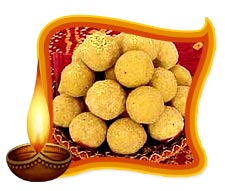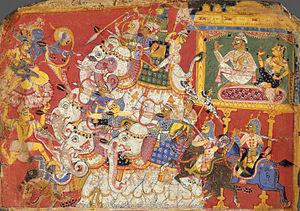Gorojanam:
Be it normal delivery or C-Section, the first thing they ask the mother to eat is this Gorojanam. It looks like pepper corns but smaller in size. They also give Kasthuri (not turmeric) along with gorojanam. But for me they couldn’t get kasthuri, so I had only Gorojanam. They keep couple of it inside betel leaf and ask the mother to eat before feeding the baby so that baby gets the essence of it in the colostrum, the first milk. In my case, as I had long labour and there weren’t sure if its going to be c-section or normal, so we asked my in-laws to stay home. (My in-laws were with me during my pregnancy). So I had this medicine in the morning when they came to see me, basically after my first feeding. But still its ok, baby will be getting its essence later on.
Benefits of Gorojanam:
- Helps in speedy recovery.
- Prevents the mom from cold and chills (janni)
- Aids in clear voice and throat for the kid. (there is standard joke, when the kids scream in a high pitch, they ask the moms if she ate lot of gorojanam :-) )
Urai Marundu – உரை மருந்து
It one of the important medicine given to infants after punyajanam (which is usually after 11 days). It is given on the alternative days and especially on the days of oil bath. In my case me and kiddo were taking oil baths alternatively. The main purpose of oil bath is to reduce the body heat especially for lactating moms. Basically Urai marundu is the combination of these four herbal nuts and roots
- Vasambu / Sweet Flag / வசம்பு
- It is also called pillai valarpan in Tamil. This is an amazing herbal root and you can read about it more in the ebook.

Vasambu
- Chittarattai / Galangal / சித்தரத்தை
- Helps to prevent cold and sore throat
- Helps to prevent congestion

Chittaratthai
- Masikai / Gall Nuts / மாசிக்காய்
- Helps in digestion

Masikai
- Jaathikai / Nutmeg / ஜாதிக்காய்
- Aids in good sleep
- Helps to prevent stomach ulcer / soothes tummy

Jaathikai
Preparation:
Boil the above herbal roots in 1 cup of milk and 1 cup of water till the water reduces to 1/2 cup. Then pat them dry and also sun dry them nicely. Thats it, the roots are now ready to be used. This method of preparation helps the nuts and roots to stay fresh for longer time. (in terms of years)
How to give it to baby:
- Keep the breast milk ready. You get this rubbing stone in ayurveda shops or in utencils store and its pretty much same as sandal rubbing stone.

Urai Marundu with the rubbing stone
- Clean the stone and add few drops of breast milk and rub the herbs and nuts twice or thrice to get a small quantity of paste. Yes, couple of rubbing are more than enough for babies. Along with this you can rub a gold and silver coin too as both are good for health. But thats completely optional and we did use them for vaandu.
- Slowly apply this paste in the infant tongues and after 45 days, you can mix this paste with more milk and feed in sang. We give this medicine for first three months.























